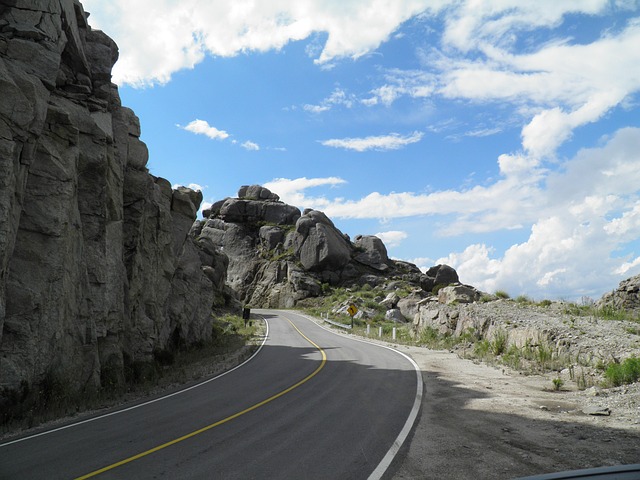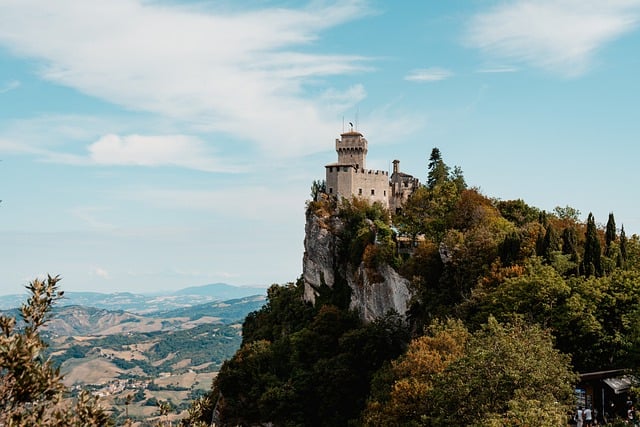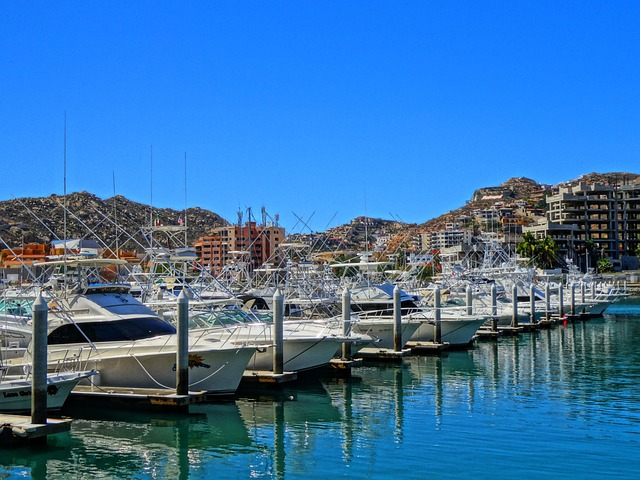Border cities' diverse real estate markets and collaborative urban planning foster a unique binational identity through mixed-use developments, multicultural housing, and cultural events. Real estate agents and developers work together to create inclusive spaces that celebrate both nations' traditions, enhancing community bonds and attracting tourists while boosting local real estate prospects. This harmonious blending of cultures strengthens binational ties and defines these distinctive urban areas.
In the heart of a vibrant border city, a unique cultural tapestry weaves its way through every neighborhood. This article explores how real estate plays a pivotal role in fostering a binational culture, from driving exchanges between communities to integrating diverse heritages in urban planning. We delve into innovative approaches where property becomes a bridge, transcending borders and uniting people across nations.
Real Estate: Driving Binational Cultural Exchange

The vibrant, bustling city at the border, with its unique location, has become a melting pot of cultures, fostering a binational identity that’s both captivating and transformative. Real Estate plays a pivotal role in this cultural exchange, acting as a bridge between two nations. The city’s real estate market is characterized by diverse properties, from historic neighborhoods to modern developments, reflecting the rich cultural tapestry of its residents.
As people from different backgrounds seek homes here, they contribute to a dynamic environment where traditions intertwine and new experiences emerge. Real Estate agents, therefore, facilitate not just property transactions but also the sharing of stories, cuisines, and customs, making this border city a true testament to binational culture thriving.
City Planning: Integrating Two Nations' Heritage

In border cities, city planning plays a pivotal role in fostering a binational culture that seamlessly integrates the heritage of both nations. Developers and urban planners often work together to design neighborhoods that reflect the diverse cultural backgrounds of the residents. This can be achieved through architectural styles, public art installations, and green spaces that draw inspiration from each country’s unique traditions and aesthetics. Real estate projects in these areas may feature mixed-use developments that combine residential, commercial, and recreational spaces, encouraging cross-border interactions and a shared sense of community.
Furthermore, city planning can facilitate cultural exchanges by creating dedicated spaces for events, festivals, and markets that celebrate both nations’ heritage. These public gatherings not only strengthen the bond between residents but also attract tourists interested in exploring the rich tapestry of binational culture. By thoughtfully integrating these elements into urban design, border cities can become vibrant hubs where people from different backgrounds live, work, and play together, fostering a sense of belonging that transcends national boundaries.
Community Building: Overcoming Borders Through Property

In border cities, where physical and cultural boundaries blend, community building plays a pivotal role in fostering a binational culture. One notable aspect is the integration of real estate practices that transcend traditional territorial lines. Local developers and residents are collaborating to create mixed-use spaces that cater to both communities, breaking down barriers and encouraging interaction. This shared physical landscape becomes a microcosm of unity, where people from different nations can live, work, and socialize in harmony.
The synergy between real estate and community development is evident in the construction of multi-cultural housing complexes, where architectural designs reflect the diverse heritage of the residents. These spaces not only provide accommodation but also serve as hubs for social events, cultural exchanges, and educational programs that celebrate each nation’s traditions. By investing in such initiatives, border cities are effectively using real estate as a tool to create cohesive communities, ultimately strengthening the binational ties that define their unique identity.






